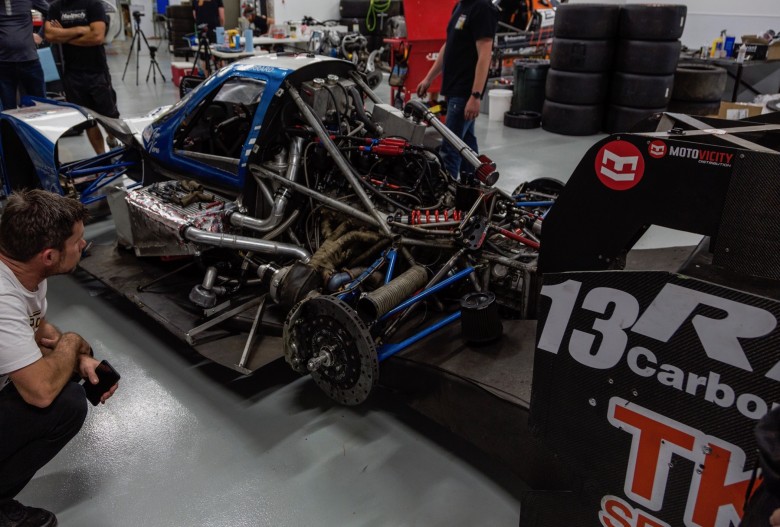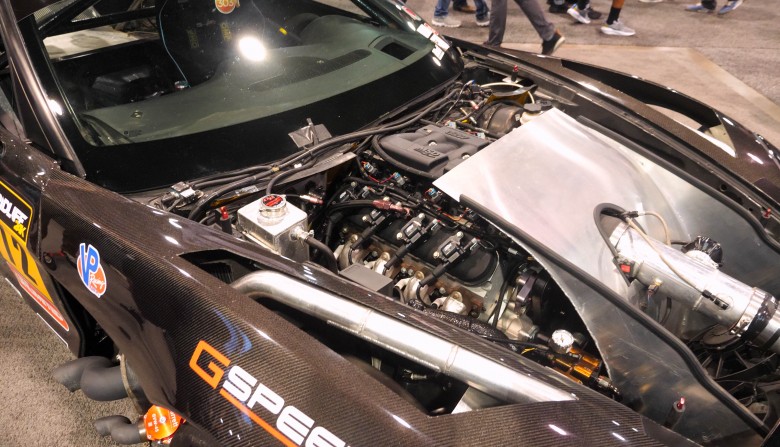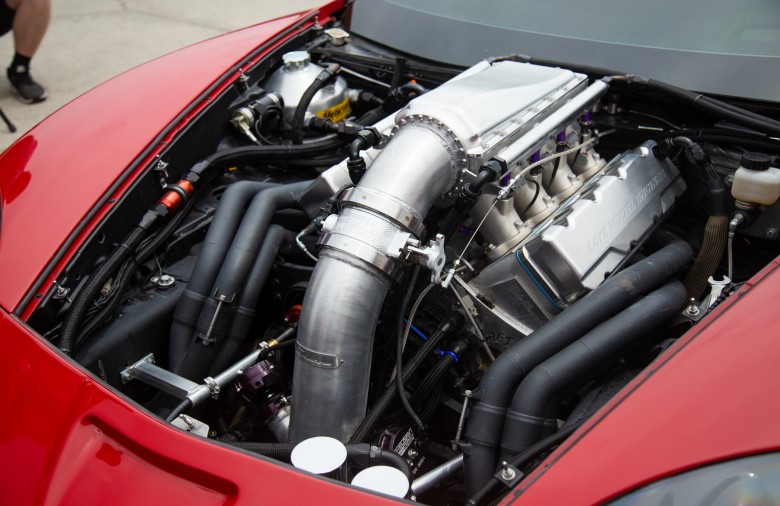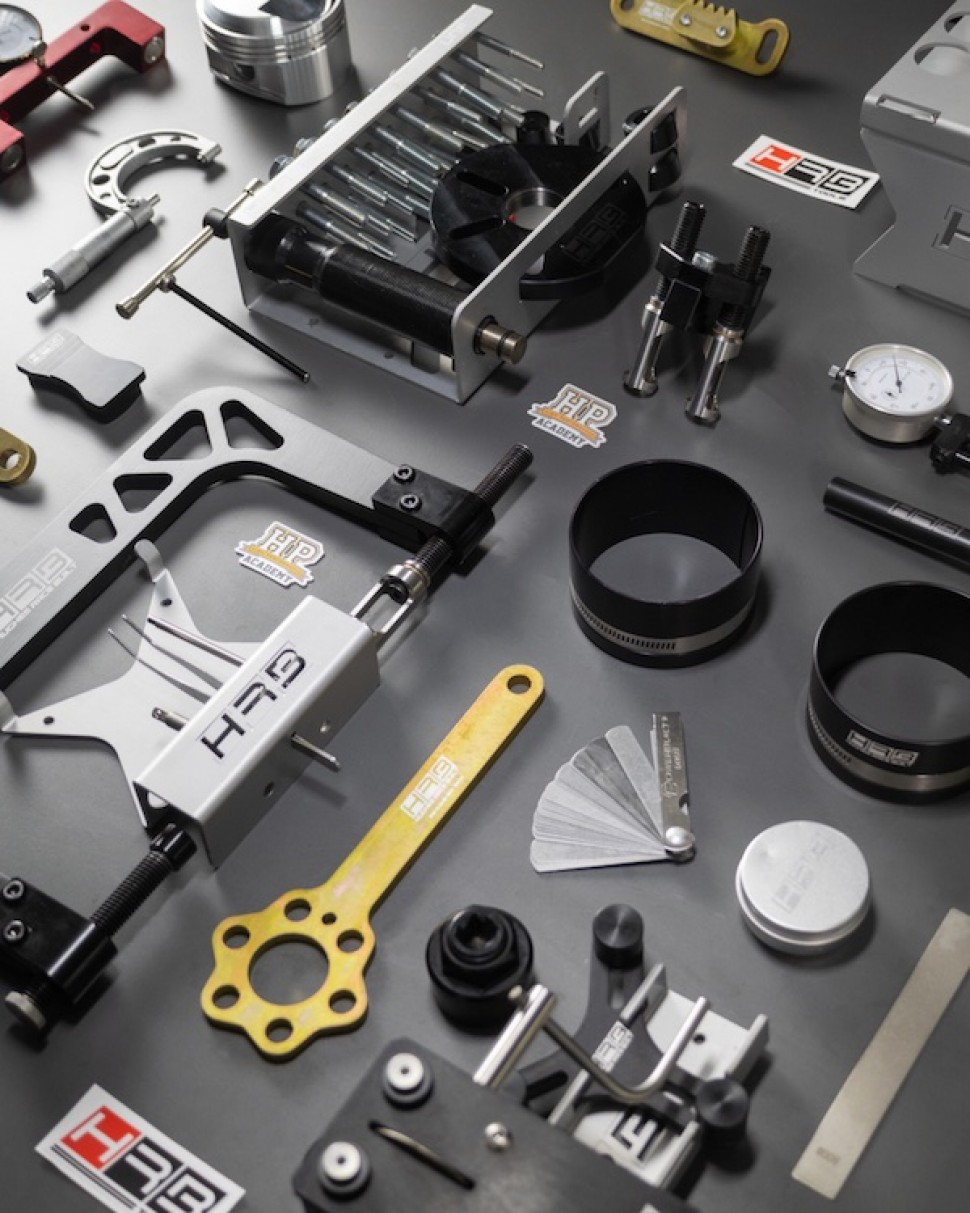Tuning your LS engine for maximum performance is a journey many enthusiasts embark on. The right software can make all the difference, giving you control over your engine’s parameters and helping you extract every bit of power and efficiency. In this article, we’ll quickly dive into five popular LS tuning software options: HP Tuners, LSDroid, PCM Hammer, and standalone ECUs. Each of these tools offers unique features and capabilities, catering to different needs and budgets.
Please note: This is a brief overview to help you start your own research, not an in-depth comparison to help you make your decision.

HP Tuners
Overview
HP Tuners is one of the most well-known and widely used tuning software in the LS community. It offers a comprehensive suite of tools that allow for detailed tuning and diagnostics and is featured heavily in HPA's reflash tuning course material featuring both the LS and LT V8 engines.
Key Features
- User-Friendly Interface: HP Tuners is regarded as having a clean and intuitive interface, making it accessible for both beginners and experienced tuners.
- Extensive Vehicle Support: It supports a broad range of vehicles, not just LS engines, which is beneficial for those who might work on various projects.
- Real-Time Tuning: This feature allows tuners to make changes on-the-fly, providing immediate feedback and adjustments, but only for some specific ECUs, not all of them!
Hardware Inclusion
HP Tuners packages include the necessary hardware such as the MPVI3 interface, which connects your laptop to the vehicle’s OBD-II port, making it a convenient solution that is easy to get started with.
Pros and Cons
- Pros: Comprehensive features, user-friendly, a lot of information out there on the platform, including a great forum.
- Cons: Higher cost compared to some alternatives if tuning multiple vehicles. Direct support can be difficult to reach if you need it.
HP Tuners Supported Vehicle List

LSDroid + TunerPRO
Overview
Traditionally LSDroid was free Android-based tuning software, but thankfully LSDroid is now Windows OS-based, making the tuning process MUCH easier (tuning from a phone or tablet is a time-consuming novelty, not an advantage in our opinion!)
Unlike commercial options like HP Tuners and EFI Live, you will need to do some 'leg work' with this option. A good start is to familiarise yourself with what XDF, OS and BIN files are and why they matter!
You do need to combine this with TunerPRO when it comes to editing, this is not a one stop shop like commercial options and is generally focused on older GM platforms.
Key Features
- Open-Source: Being open-source allows for extensive customization if you have the skillset and community-driven improvements.
- Free: The software is free! You still need to pay for the hardware.
Hardware Requirements
Unlike HP Tuners and EFI Live, LSDroid and PCM Hammer do not include hardware. You’ll need to purchase compatible hardware separately, such as an OBDLink LX or OPDX Pro VT interface. PCM Hammer is a little different here allegedly it works with more interfaces, including the AVT-852.
Pros and Cons
- Pros: Cost-effective, customizable, some community support.
- Cons: Requires separate hardware purchase, less user-friendly, the community support is not professional support. You need other software too and what you save in money you pay for in time.
LS Droid Supported PCMs List
- Read & Write 1999 - 2002 P01 (4.3, 4.8, 5.3, 5.7, 6.0)
- Read & Write 2003 - 2007 P59 (4.3, 4.8, 5.3, 5.7, 6.0)

PCM Hammer + TunerPRO
Overview
PCM Hammer is another open-source option designed for tuning GM PCMs. It’s a great choice for those looking to dive into tuning without a hefty investment, and the pros and cons are much the same as LSDroid other than always being Windows-based.
Unlike commercial options like HP Tuners and EFI Live, you will need to do some 'leg work' with this option. A good start is to familiarise yourself with what XDF, OS and BIN files are and why they matter!
HPA has used a range of other open-source tuning software options, including EcuFlash, extensively, so we know the 'ins and outs' in general, but we haven't used PCM Hammer directly ourselves and like LSDroid it is more focused on the older LS platforms.
Key Features
- Cost-Effective: As a free, open-source tool, PCM Hammer is highly accessible for beginners.
- Basic Tuning Capabilities: It offers the essential features needed for basic tuning tasks.
- Active Development: The software is actively developed, with a community that contributes to its improvement.
Hardware Requirements
Like LSDroid, PCM Hammer requires you to purchase the hardware separately, but it does accept a wider range of interface tools, including AVT-852s.
Pros and Cons
- Pros: Free, actively developed, good for beginners.
- Cons: Like all open-source tuning software, you save money but pay with time and have no customer support to talk to if you find 'tune stopping' bugs.

Standalone ECUs
Overview
Standalone ECUs offer a comprehensive solution for those looking to have full control over their engine management. They replace the factory ECU entirely, allowing for extensive tuning capabilities and easier implementation of major engine modifications or engine swaps.
Key Features
- Complete Control: Standalone ECUs offer unparalleled control over all engine parameters, making them ideal for high-performance applications.
- Advanced Features: These units often come with advanced features such as traction control, boost control, and advanced data logging direct of via intergratable aftermarket logging tools.
- Wide Brand Selection: Popular brands include Link, Haltech, MoTeC, Syvecs, Holley EFI, Ecumaster, MaxxECU, EMTron, MegaSquirt, and FuelTech, among others. There are more good options than bad.
Hardware Inclusion
Standalone ECUs are typically sold as complete kits that include all necessary hardware and software, making them a comprehensive solution for dedicated performance and race cars. They always allow real-time tuning and nowadays generally include things like onboard drive-by-wire throttle and wideband control.
Pros and Cons
- Pros: Ultimate control and customization, advanced features, suitable for high-performance builds.
- Cons: Higher cost, potentially complex installation depending on your specific vehicle, you start from scratch without any factory tune data.

Conclusion
Choosing the right LS tuning software depends on your specific needs and budget. HP Tuners and EFI Live are excellent for those seeking professional-grade tools with included hardware, while LSDroid and PCM Hammer offer great entry points for DIY enthusiasts willing to source their hardware separately and sacrifice their time in place of money. For those looking to push the boundaries of performance on the race track, standalone ECUs provide the ultimate in control and customization, but at a cost.
Whether you’re a seasoned tuner or just starting out, there’s a solution out there to help you get the most out of your LS engine.
High Performance Academy has tuning courses that apply to tuning the LS platform regardless of which option above you go for. Enrol today and begin learning how to tune your LS instantly.






